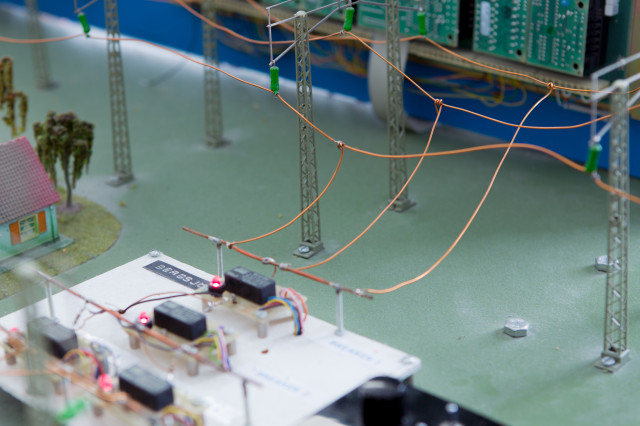Historical overview.
Incentives for environmentally friendly vehicles.
General principles of electric traction. Traction and braking effort. Power requirements and energy consumption.
Basic structure of conventional light and heavy road vehicles.
Propulsion and auxiliary systems for electric and hybrid road vehicles.
Traction vehicles: electric drive systems, transformers and converters, control and regulation and the mechanical transmission.
Track supply: DC and AC supplies, power transfer capacity, overhead catenary systems, over voltages, line interferences and electromagnetic compatibility.
Development trends.
After passing the course, the student should be able to
- account for basic system engineering aspects of electric transport systems such as running resistance, traction, adhesion, power requirements and energy consumption
- calculate tractive effort, power, acceleration, etc. for road and rail vehicles
- account for the most important electric drive systems for road and rail vehicles
- make estimations of voltages, currents and power of electrical drives for electric transportation
- account for basic hybrid topologies, their working methods and main components
- create and apply models for electric and hybrid vehicles to analyze their properties
- account for the functional principle of energy-storing components such as batteries and supercapacitor, and calculate their basic performance
- describe the structure of electric track supply systems, both with direct and alternating current
- calculate the power capacity for different railway power supply systems
- describe the background to electromagnetic interference in electric traction
in order to gain a broad insight into electric traction, both for road and rail vehicles.
